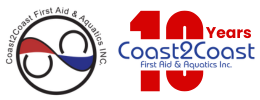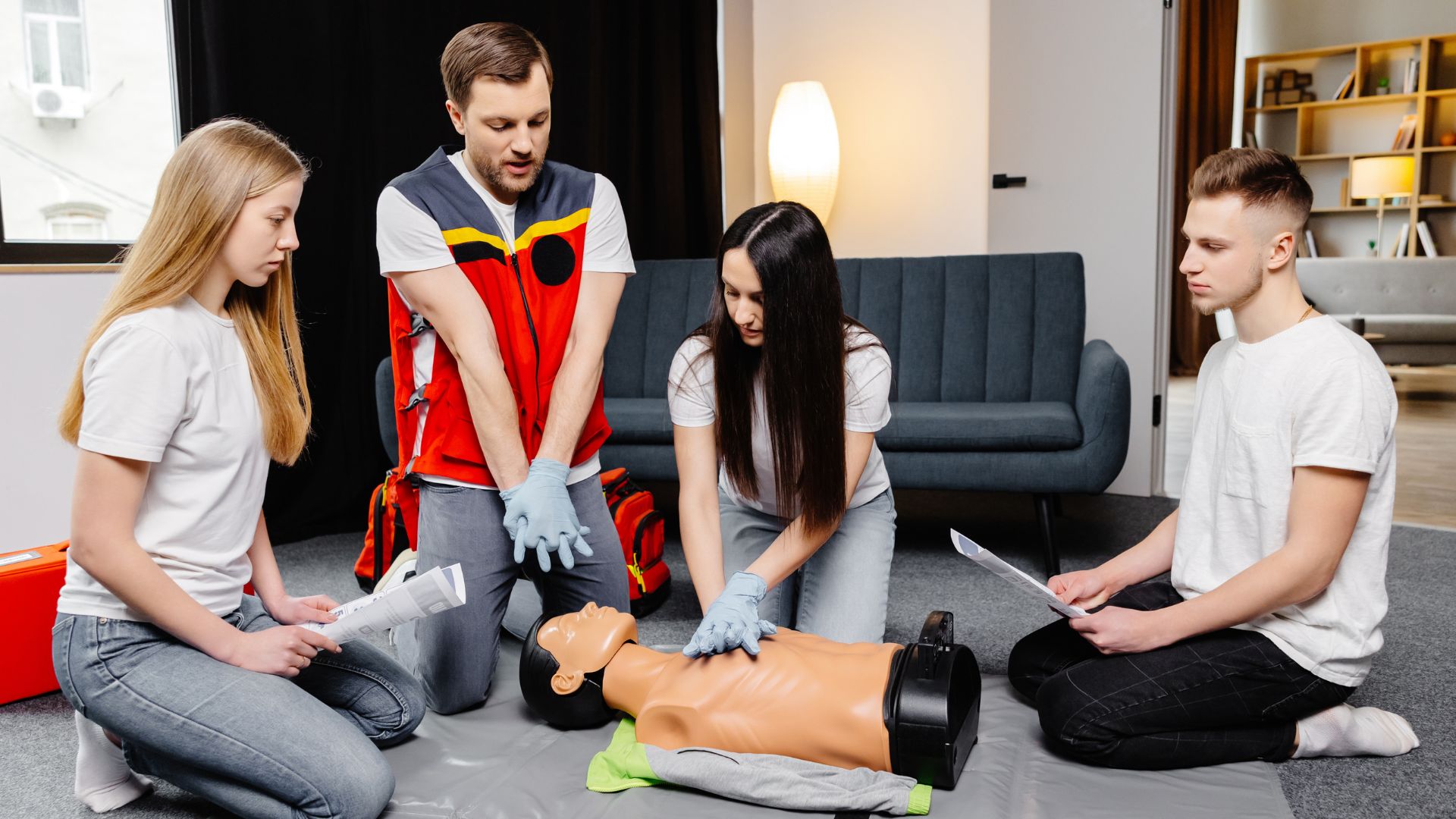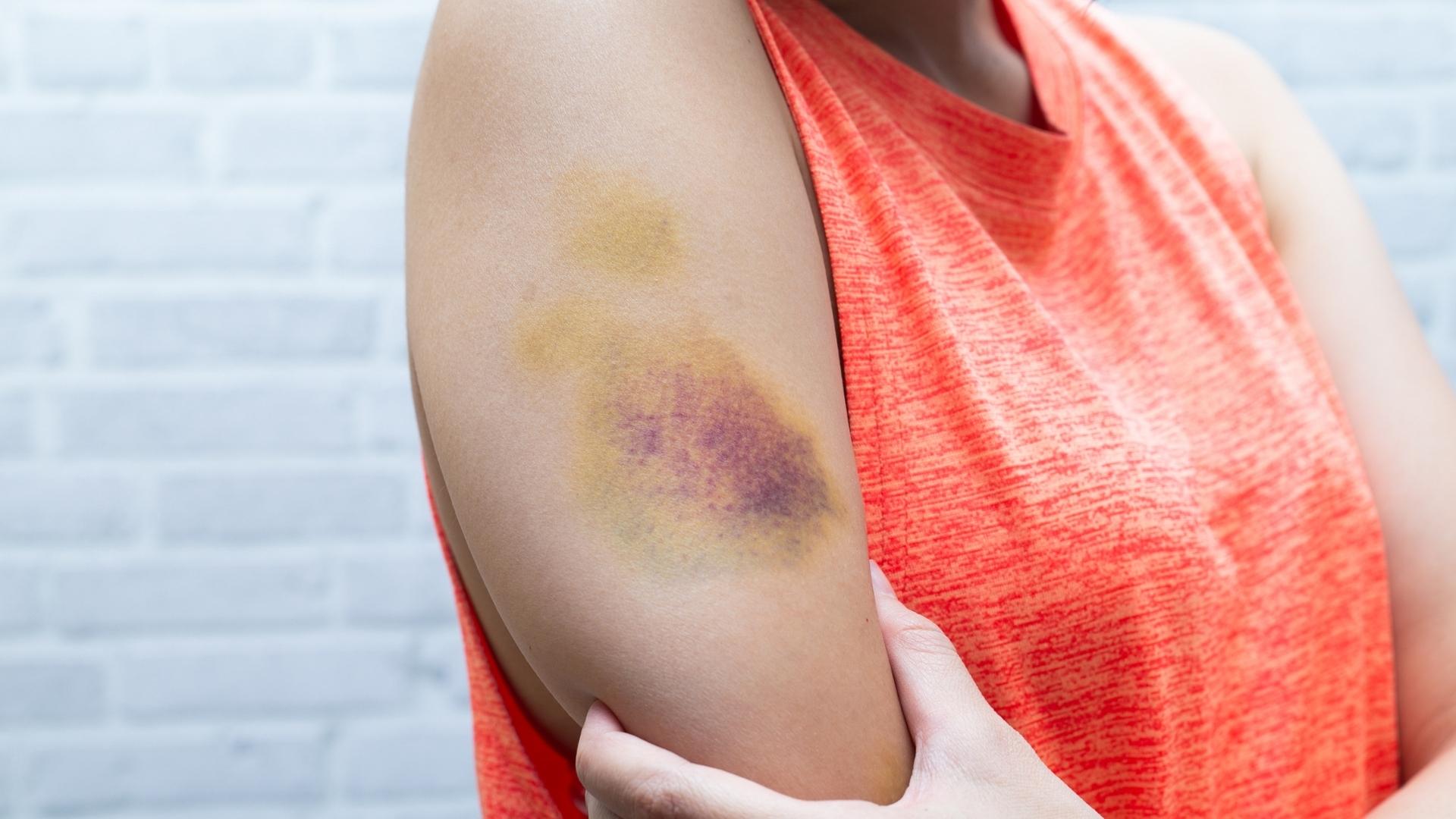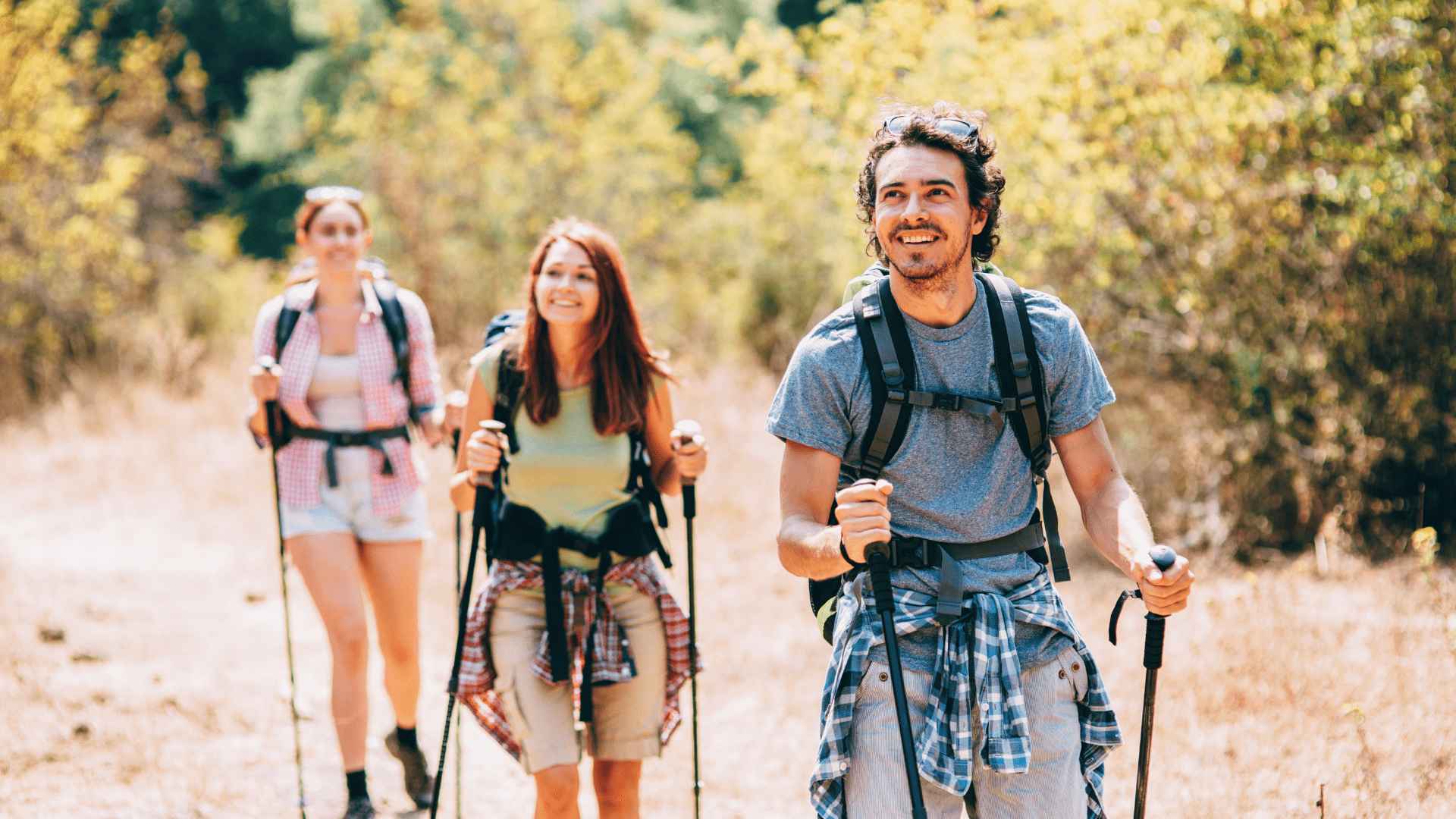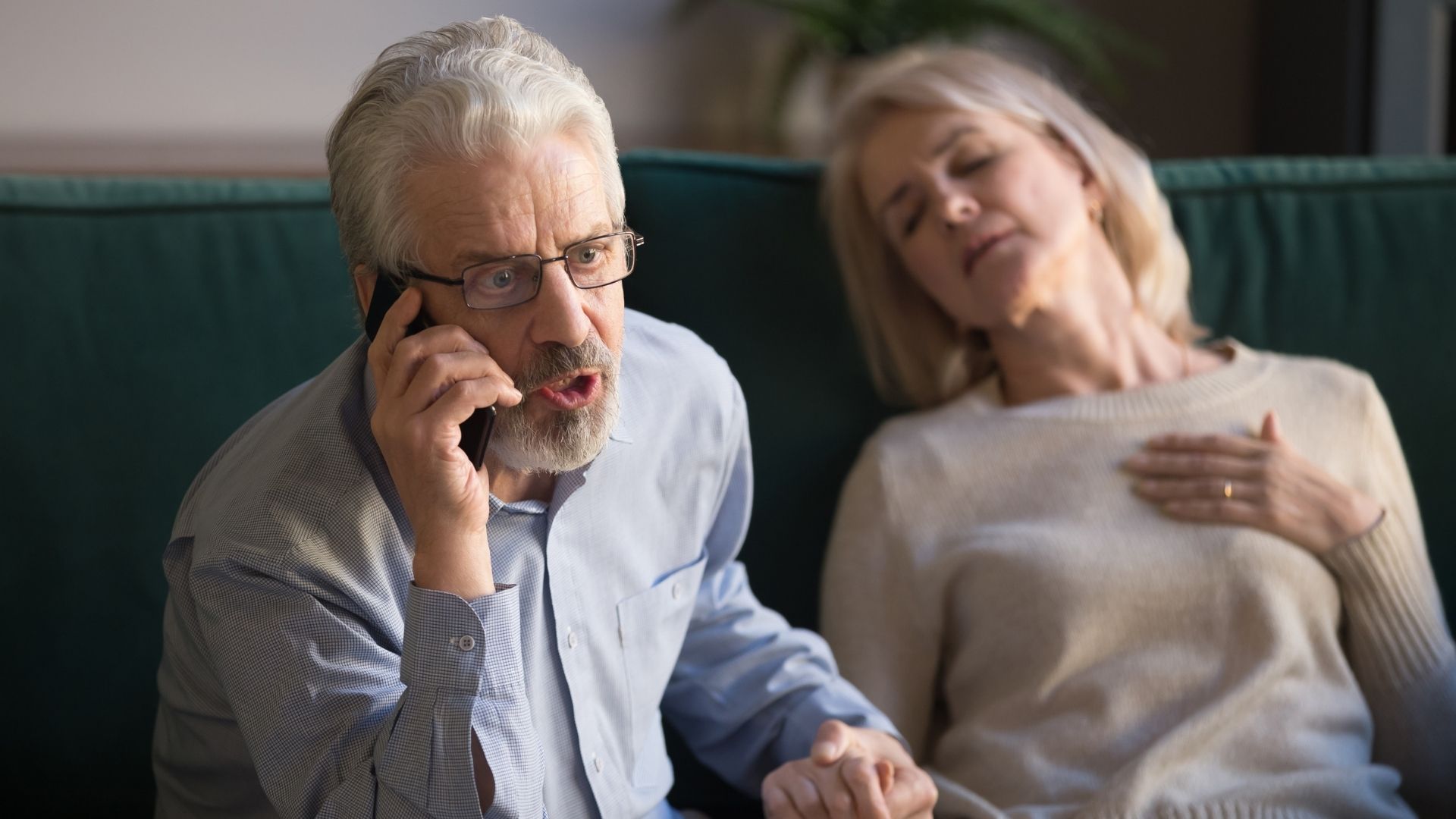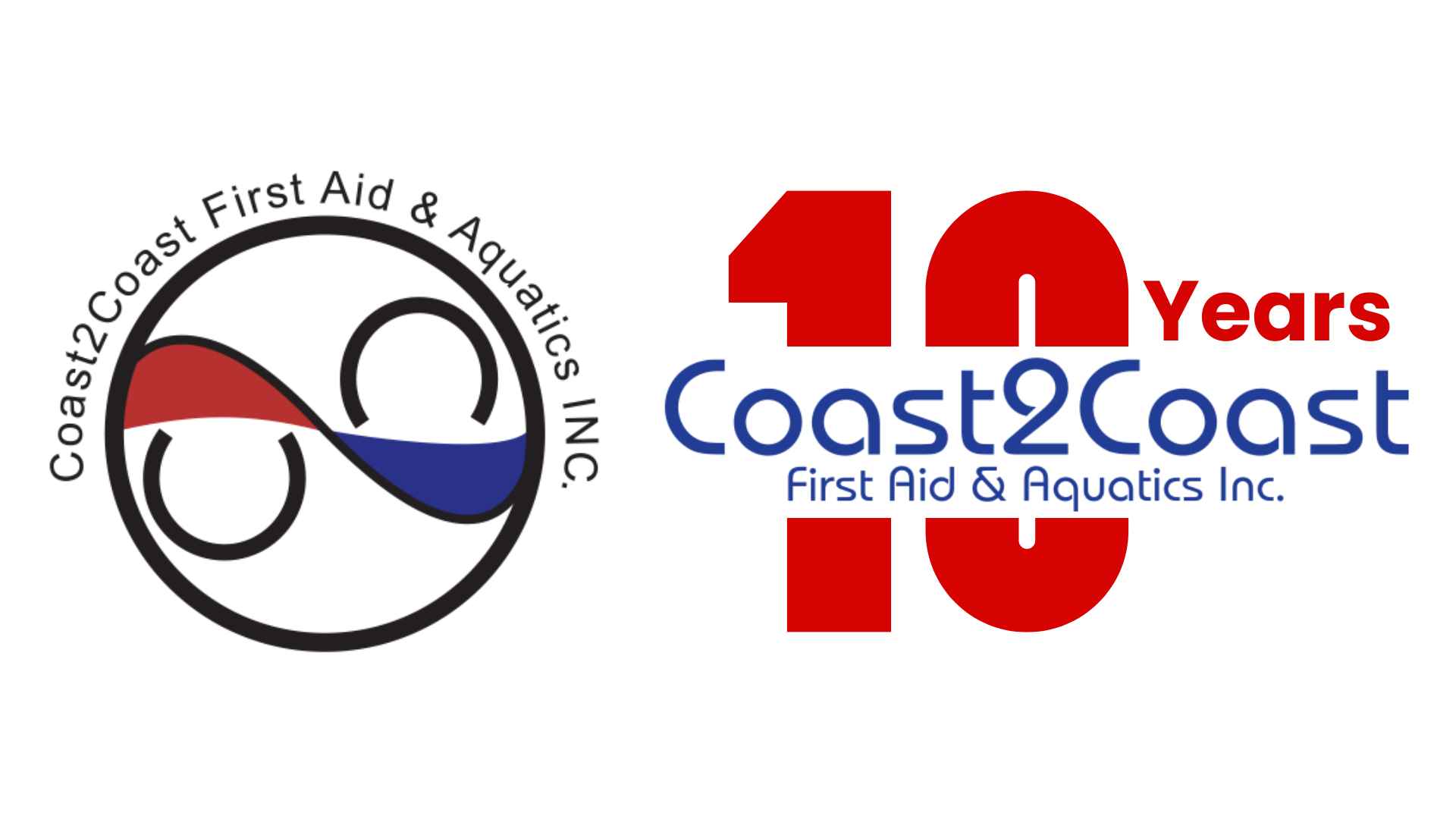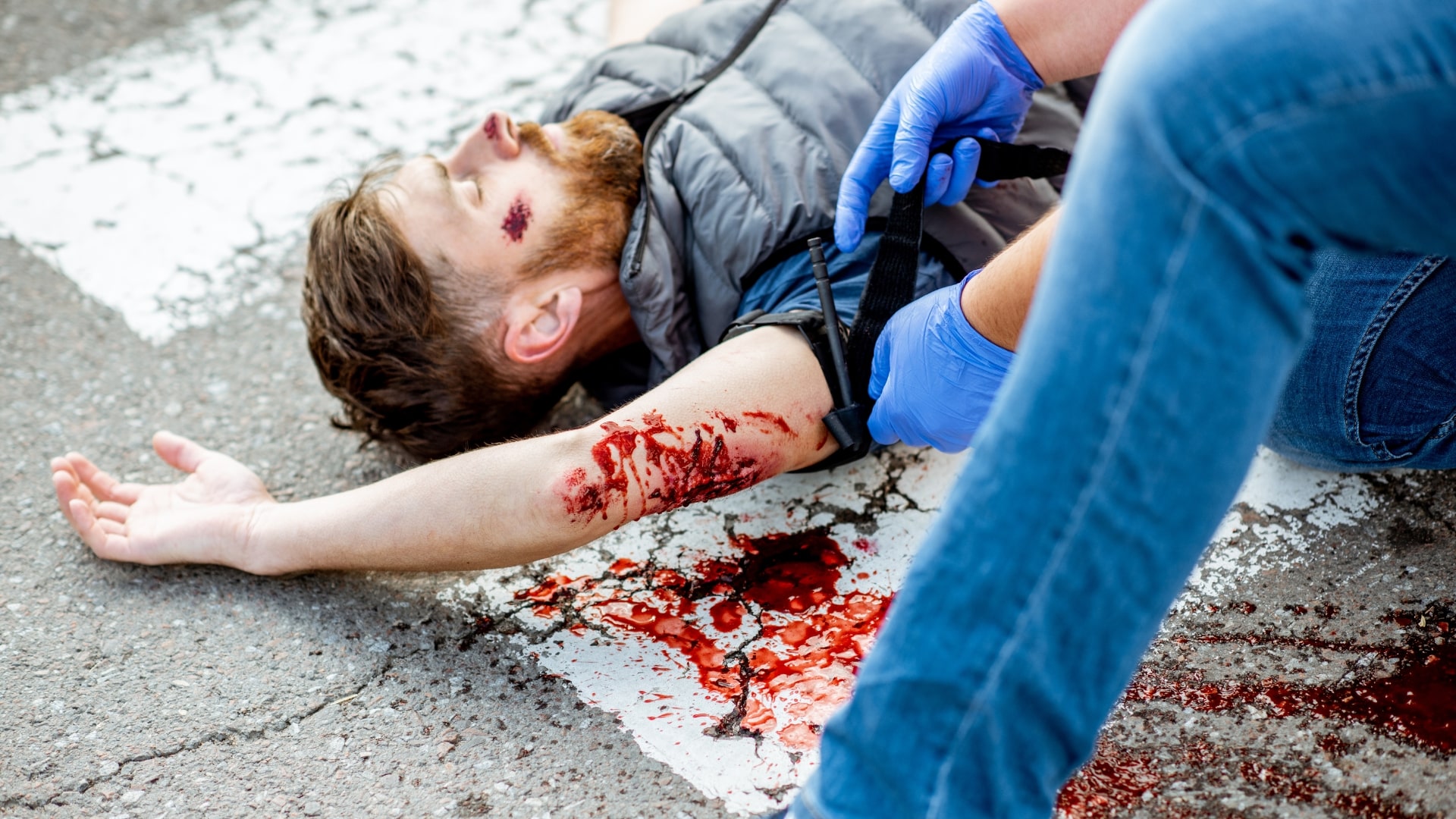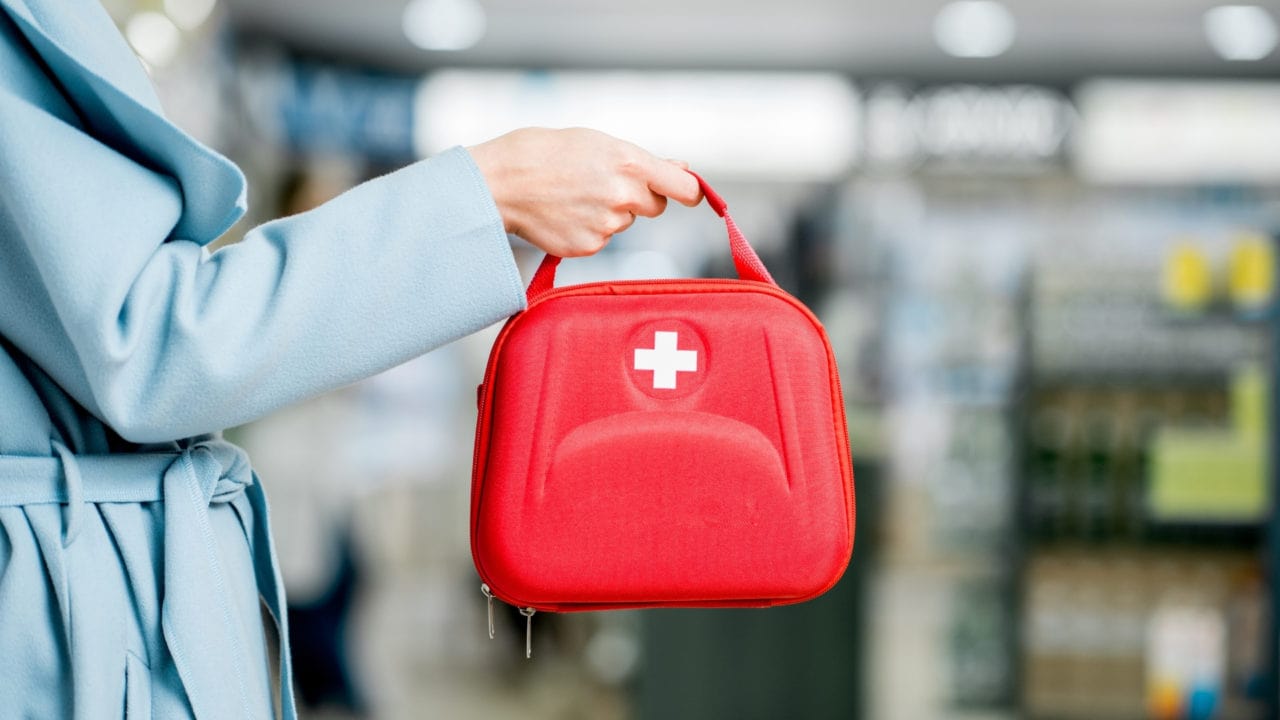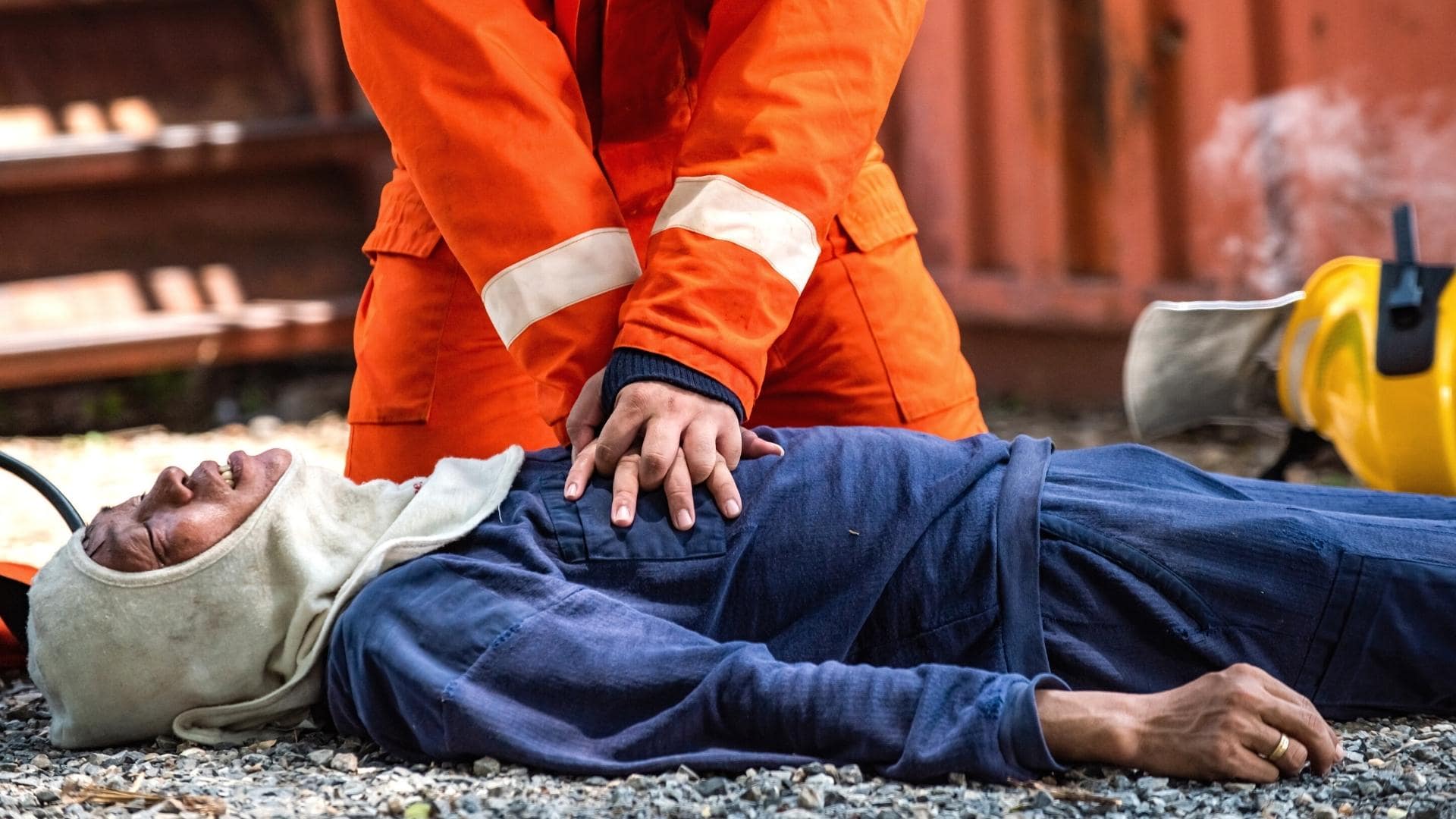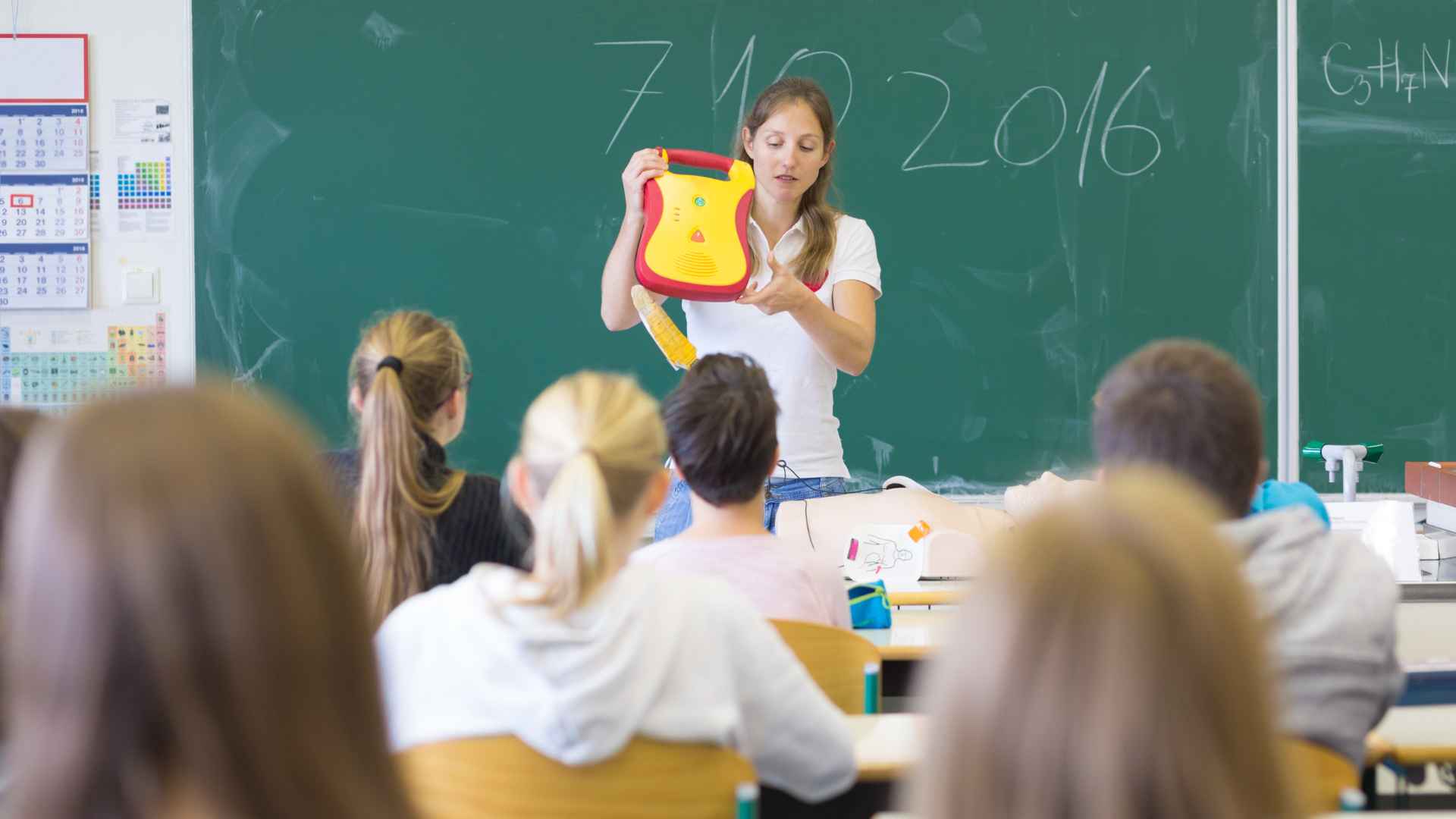It is an undeniable fact that first aid and CPR training are quite literally vitally important practices that everyone should know. Yet we as a society still don’t know enough about them. These life-saving skills are critical for emergencies and can make a huge difference in critical moments. It is all the more ironic because one of the things you find out when you start reading is that there’s nothing too complicated about it. Anyone can learn it, anyone at all.
Continue readingHow to Make a Bruise Stop Hurting
As summer is approaching, everyone is preparing to go out in the sun and do various outdoor activities. During such adventures, it’s pretty common to get boxed or even have elbows thrown at you. Later that evening or the next day, you may notice a blue-purple mark on your skin, also known as a bruised area, often accompanied by skin decoloration. Wondering how you got these little souvenirs from the previous days? Bruises are not unusual injuries and are usually the result of trauma. Applying the right methods to reduce swelling can help you recover faster. There’s a chance that you may bruise easier than others. In this blog, we will discuss how to make a bruise stop hurting.
Continue readingHow to Properly Prepare for a Hike
Hiking is an incredible activity that connects us with nature, challenges us physically and mentally, and unveils breathtaking landscapes. It offers a chance to escape from our daily lives, explore diverse terrains, and immerse ourselves in the tranquility of the outdoors.
Continue readingEssential First Aid Emergencies You Must Be Ready For
Do you know what the top 10 first aid emergencies are? We discuss the most important emergencies you should be prepared for.
Continue readingCelebrating a Decade of Coast2Coast First Aid Training Excellence
This year, Coast2Coast First Aid & Aquatics is thrilled to celebrate a major milestone—our 10th anniversary. Over the past decade, we’ve been dedicated to empowering individuals with the skills needed to respond confidently in emergencies, and we’re marking this special occasion with an exciting initiative that highlights our commitment to giving back to the community.
Continue readingTourniquet First Aid: How to Control Bleeding
Imagine finding yourself in a critical emergency situation where someone’s life is at risk, blood pouring uncontrollably from a severe limb injury. In that decisive moment, knowing when and how to use a tourniquet becomes a matter of life or death.
Continue readingSigns and Symptoms of Concussion In Adults
Concussions are extremely prevalent, especially among children who participate in sports. Whether it is getting hit in the head with a basketball, or receiving a punch to the face in karate, it is crucial to look for the signs of a concussion.
Continue reading10 Essential Items For A First Aid Box Kit
The choice of tools for your first aid kit is important if you want to be prepared for any emergency involving minor injuries like abrasions, burns, stings, or cuts. Every home should have a first aid kit, but you should also make sure to have one in your car. Additionally, if you and your family enjoy the outdoors you should always have a minimum of a basic first aid kit on hand.
Continue readingHow to Identify Cardiac Arrest: Signs & Symptoms
Did you know that over 35,000 Canadians suffer from cardiac arrest each year? According to the Canadian Red Cross, around 70% of these cardiac arrests happen at home. Surviving sudden cardiac arrest is nearly impossible unless someone performs CPR or uses an automated external defibrillator (AED) combined with CPR.
Continue readingWhy First Aid Should Be Taught in Schools
First aid is an essential life skill that empowers individuals to take action in emergencies. Teaching first aid in schools not only equips students with the ability to manage unexpected situations but also fosters a culture of care and responsibility.
Continue reading